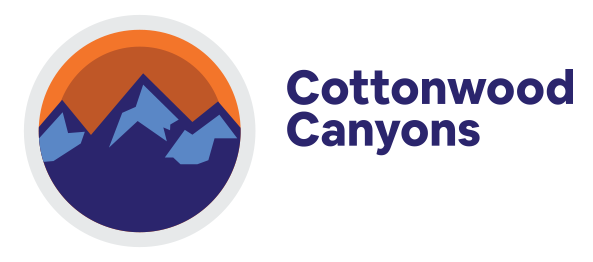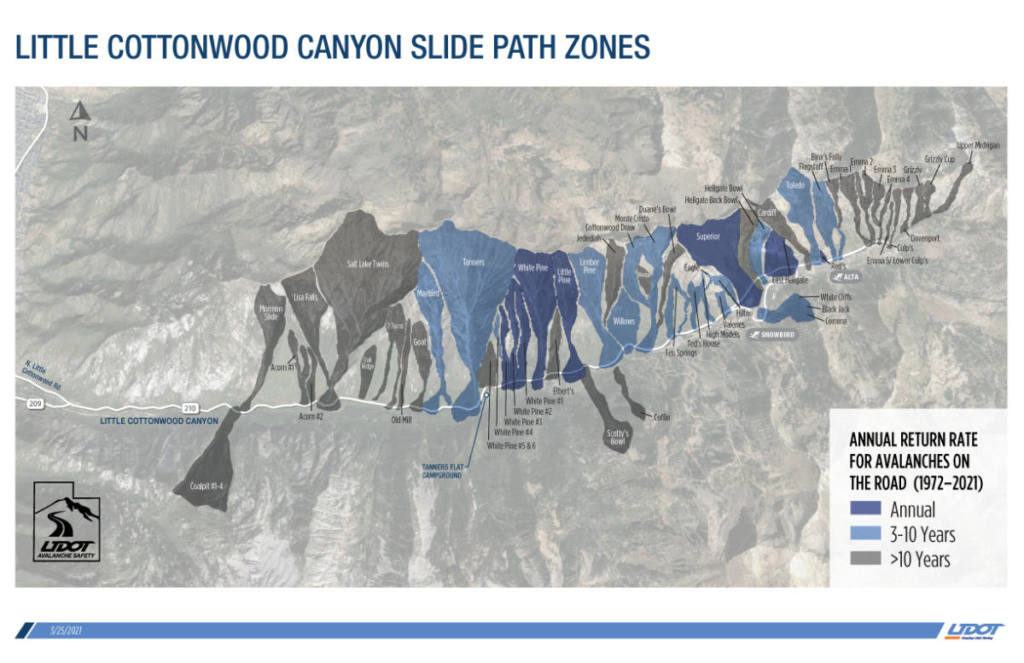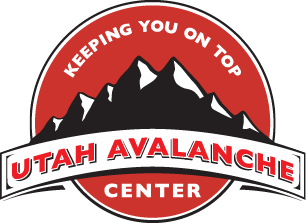Cottonwood Canyons Avalanche Information //
UDOT uses remote avalanche control systems (RACS) and artillery to trigger avalanches that threaten public roads throughout Utah. Avalanche mitigation cannot take place if people are near targets so UDOT will temporarily close specific backcountry areas and roads, working with local law enforcement.
View this profile on Instagramudot avalanche (@udotavy) • Instagram photos and videos
Mt. Superior Avalanche Mitigation Project

July 8 - October 2024
WHAT & WHY: UDOT will be installing Wyssen Avalanche Towers, a type of Remote Avalanche Control System (RACS), in Little Cottonwood Canyon (SR-210) on the Mt. Superior ridgeline above the road. This project will help UDOT transition away from the P-Ridge Howitzer that has been used on the south side of the canyon, shooting over the road and buildings in the Town of Alta. Wyssen Avalanche Towers are operated remotely, allowing for more efficient and safe avalanche mitigation for workers and the public.
Construction is expected to start as soon as July 8, 2024 and estimated to be complete in October 2024.
What to expect during construction:
- Area closure is for the duration of the project due to helicopters transporting equipment directly over trails and recreation areas.
**For your safety and ours, please respect all closures.** - Crews will be working up to 7 days a week, sunrise to sunset. Work will not stop for holidays due to the limited construction season in the upper canyon.
- Intermittent road closures may occur throughout the project on the mainline below Mt. Superior. The Bypass road will remain open to use as an alternative.
- Noise impacts are likely as helicopters will be flying in the area daily
PROJECT CONTACT INFORMATION:
Phone: (801) 317-8131
Email: mtsuperioravalanchemitigation@utah.gov
Website: udotinput.utah.gov/mtsuperioravalanchemitigation
Cottonwood Canyons Avalanche Slide Paths: No Parking
From November 1 – May 15 there is NO parking allowed in designated avalanche zones. This applies to both sides of the road within the posted areas.
Please avoid parking in these zones as it inhibits our canyons crews from doing their job safely and effectively and puts your safety at risk.
LITTLE COTTONWOOD CANYON SLIDE PATH ZONES
There are 64 slide paths in Little Cottonwood Canyon alone, with over half of SR-210 threatened by avalanches. Over 50 buildings and 76% of the road passing through Snowbird and the Town of Alta are in avalanche paths. The road is fully closed to the public when avalanche mitigation is in progress.
UDOT Avalanche Cycle: April 1-8, 2023
Do's & Don'ts for Avalanche Road Closures
UDOT LCC Avalanche Cycle: Feb. 12-18, 2021
UDOT LCC Avalanche Cycle Part 1: Feb. 6-8, 2020
UDOT LCC Avalanche Cycle Part 2: Feb. 6-8, 2020
BACKCOUNTRY USERS
Please respect all UDOT avalanche closures to protect yourself, the public, and future access for backcountry users.
- Check for backcountry closures before heading up the canyons.
- Backcountry closures begin before planned avalanche road closures to ensure complete evacuation, with a typical backcountry closure starting at 10:00 p.m. the night before.
- Overnight road closures typically begin the night before, typically beginning at 12:30 a.m. Avalanche closures may also occur during the daytime as conditions warrant.
- Parking in trailhead areas is restricted daily from 10:00 p.m. to 6:00 a.m. in the winter season for snow removal operations. After large storms, UDOT may close the gates to the Spruces (Big Cottonwood Canyon) and White Pine Trailhead parking areas (Little Cottonwood Canyon) during this time.



